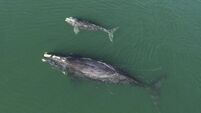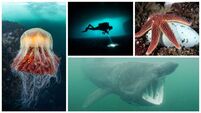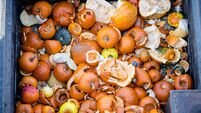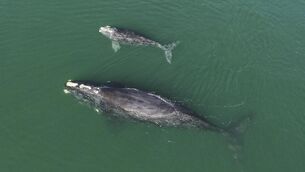Here's why you might find Lego on Irish beaches — and what you should do with it
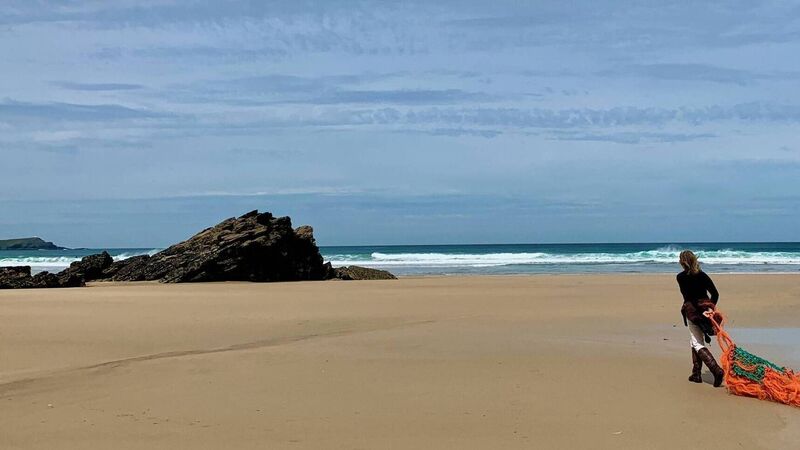
Tracey Williams, author of Adrift: The Curious Tale of the Lego Lost at Sea
It's definitely not treasure in the making-your-fortune sense but in terms of longevity and adventure, little bits of Lego washed up on beaches for the past two decades are a real bounty.
And just like the pirates' caskets bursting with jewels in movies and books this treasure has also sparked quests and tales.
When Tracey Williams was a child in the 1960s her parents would keep her occupied on family holidays with lists of things to hunt for on the shore. She'd "fossick for shells and sea glass among the sand and shingle".
Then in February 1997, when Williams' own children were young, a cargo ship sailed from Rotterdam and met a storm off Cornwall. Heaving seas and ferocious winds sent 62 shipping containers over the edge of the and into the ocean. One of these held nearly five million pieces of Lego. This cargo was on its way from the toy factory's base in Denmark to North America. It is still not known if this massive container burst open on impact, scattering its contents into the ocean, or whether it carried on floating for a while and leaked its cargo slowly as it drifted to the seabed.
Whichever it was, people started seeing a 'slick of Lego' floating in the sea and Lego began washing up on Cornwall's shores.
CLIMATE & SUSTAINABILITY HUB
Williams says: "When my children were young, searching for Lego on the shores beneath our family home on the south coast of Devon became the highlight of any trip to the beach."
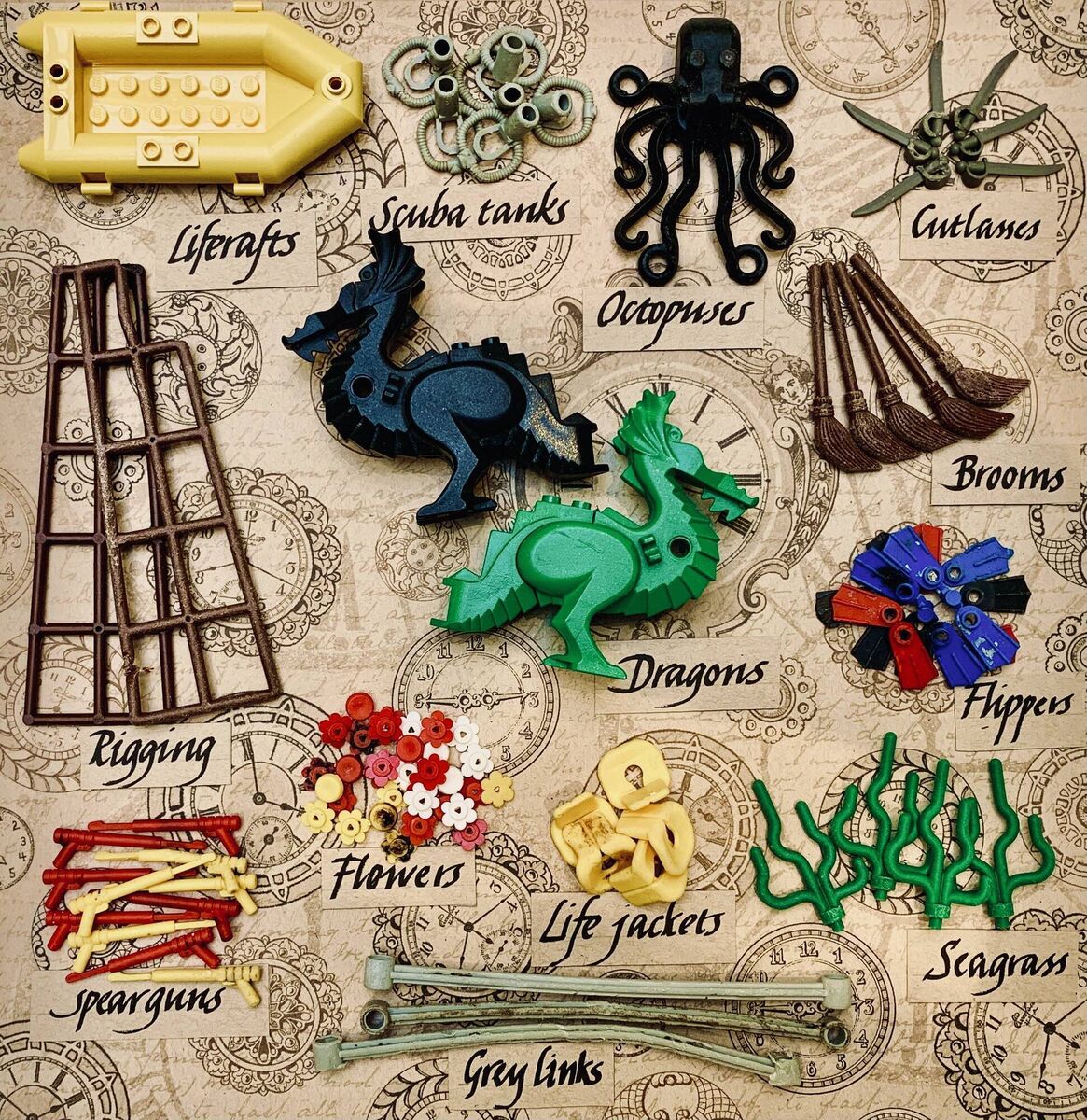
By a quirk of fate, much of the lost Lego was sea-themed... flippers, scuba tanks, ship rigging, life jackets. Locals enjoyed the thrill of trying to find as many different shapes as they could.
Then years later, when Williams' children were older, and she was living inland, hundreds of miles from the sea so she pretty much forgot about the Lego — until she moved back to Cornwall in 2010 and spotted a bright yellow Lego life jacket from the spill on her first trip to the beach: "Thirteen years on and it was still turning up. I was amazed."
And then the realisation that it wasn't just Lego on the shoreline struck: "There was so much plastic. Shoes, buoys, rope, bottles.
"Some from shipping, some from fishing, some left behind by beachgoers. And less-expected items such as toothbrushes, the bookies’ pens, the paintbrushes and monopoly houses."
The amount of plastic now littering the beach horrified Williams and she was motivated to join the 'army' of dogwalkers, surfers and beachgoers picking up debris from Cornwall’s shores.
Williams was curious to discover who else was finding the Lego and how far it had drifted in the intervening years, so she set up a Facebook page in October 2013 called ‘Lego Lost At Sea’. Her quest connected her with oceanographers studying the movements of the ocean, as well as scientists investigating plastic in the sea.
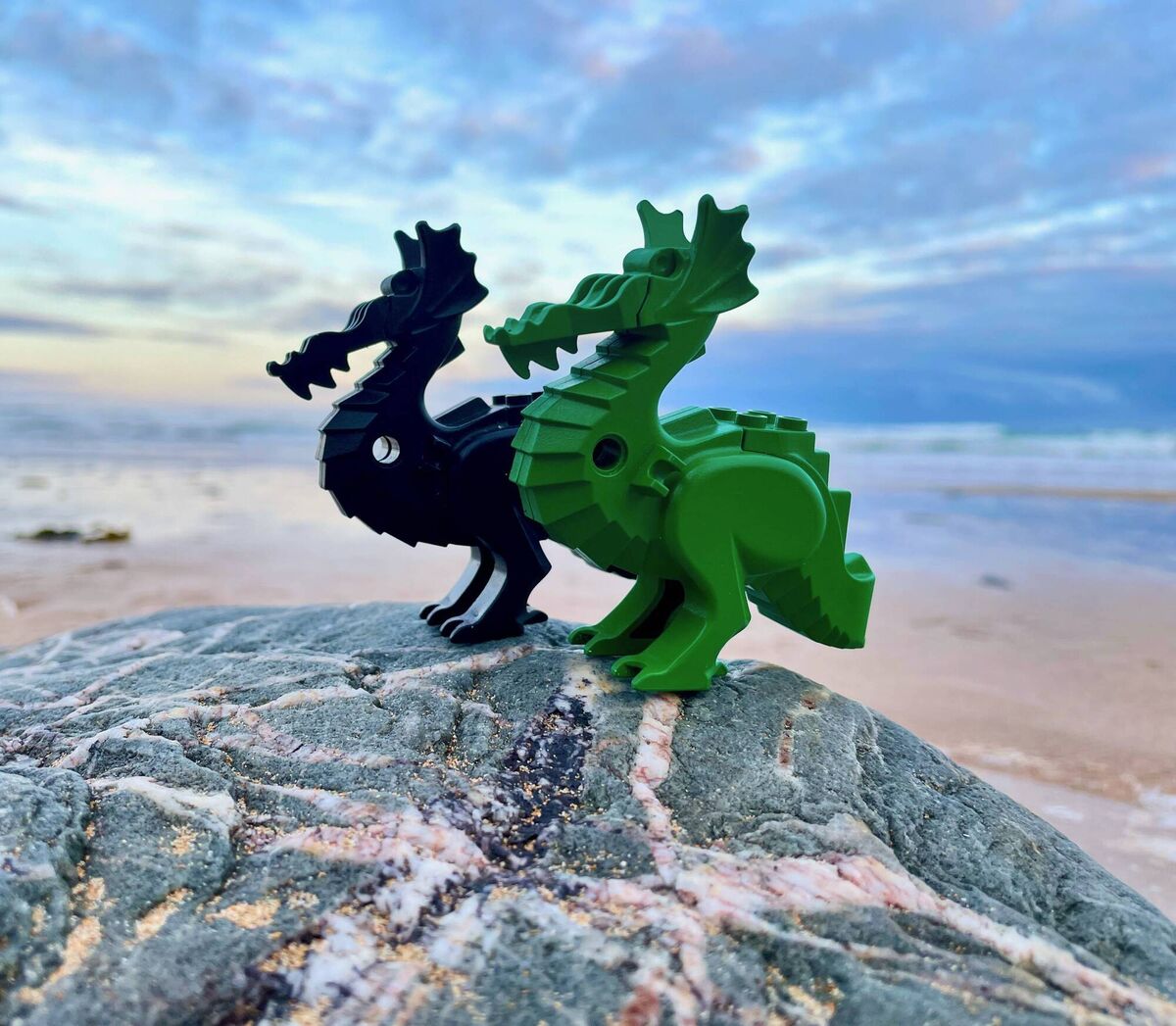
The Lego was reported as turning up in North Devon, Wales and Cumbria — and here in Ireland. A Lego octopus was found by Rosemary Hill at the foot of a cliff at Waterville, in County Kerry. And in early 2021, a Lego dragon was spotted by Liam MacNamara at Spanish Point in County Clare.
There were also Lego finds reported in Guernsey, Jersey, Belgium and Netherlands.
While the Lego pieces are brightly coloured and can be fun to find they are still plastic waste and contribute to ocean pollution and microplastic problems.
In 2019, University of Plymouth scientists analysed Lego bricks to find out how long they could survive at sea. They found that Lego bricks were so tough they could survive in the ocean for anywhere between 100 and 1,300 years.
Williams is well aware that Lego is only a very small part of the pollution problem — she has picked up hundreds of lighters and plastic bottles. And there are "older artefacts" too — readers of a certain age will remember plastic toy soldiers, cereal packet toys from the 1960s, and Smarties lids (some nearly 60 years old).
Lego provided an inventory of the Lego bits lost back in 1997 — the 4,756,940 pieces of plastic included 4,200 octopuses; 33,427 black dragons and 514 green ones; 79,680 spear guns; 88,316 sets of flowers; and 352,000 pairs of flippers.
Williams has become a self-trained archaeologist of plastic litter — not alone does she identify odd bits of plastic but she researches which era they came from. These include Sindy shoes and accessories from the 1960s; plastic lolly sticks from the 1970s; rooster-shaped bicycle reflectors given away in Kellogg's cereal boxes in the 1980s; and the little black bull often attached to bottles of Spanish wine.
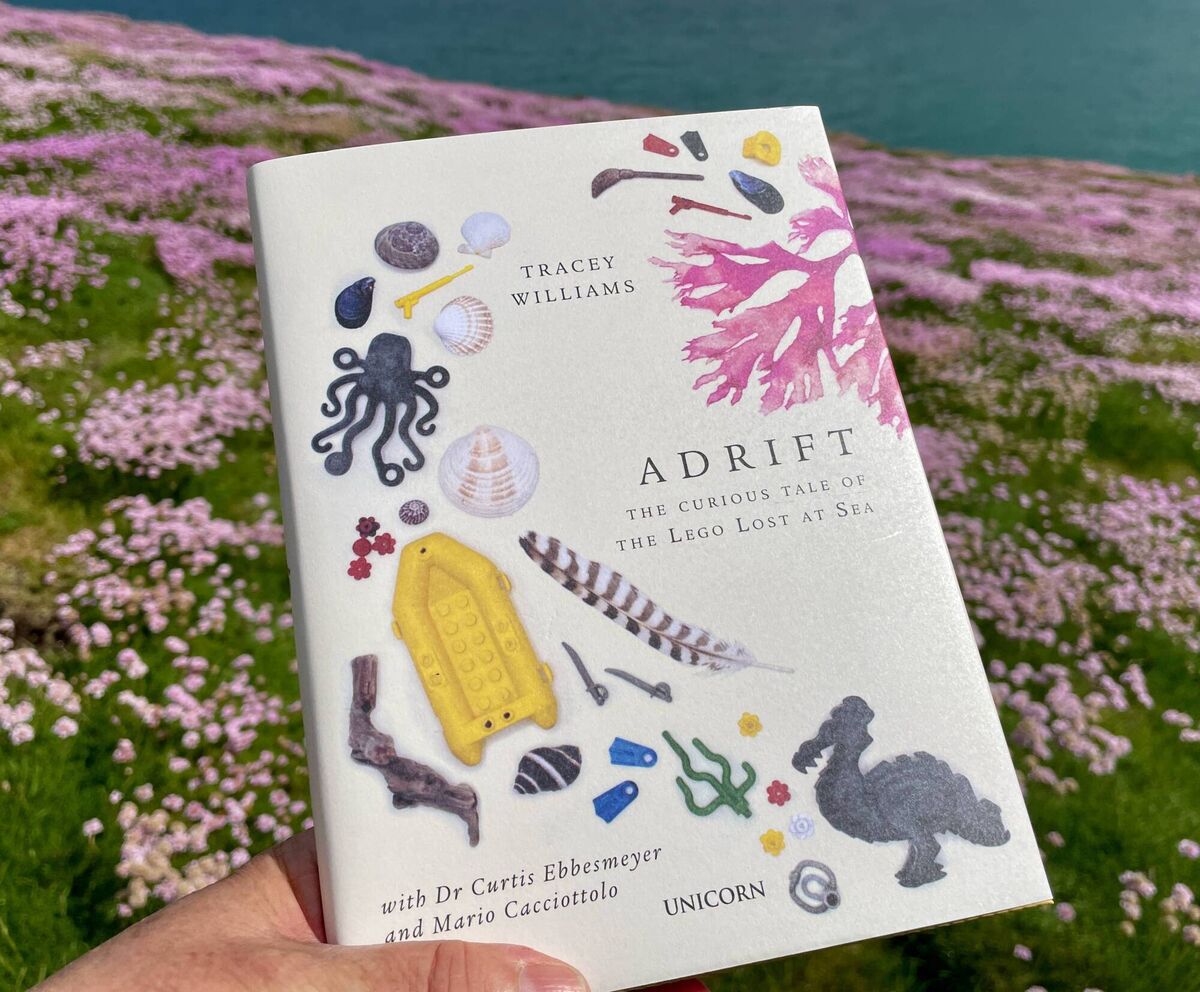
Her work brings her to talk to Tim Brooks, Lego's vice president for environmental responsibility. They discuss Lego’s focus on environmental sustainability and the responsible use of plastic, to encourage children and families to keep their bricks in play so they don’t enter landfills or get lost in the environment. He points out that: "Although the 1997 Lego spill is a historic case, it does highlight the importance of this issue. One of the things we’re most proud of is that Lego is compatible and long lasting. There’s no logical reason why you would ever throw a Lego brick out. They’re safe, durable and can be handed down from generation to generation. Plastic is a great material but it’s great in context. It definitely belongs in the home or in schools, not in the ocean."
Lego is working hard to build its bricks from more sustainable raw materials — its first sustainable elements, including green leaves, bushes and trees, were introduced in 2018. They are made from sugarcane-based polyethylene instead of oil-based plastic.
It’s phasing out single-use disposable plastic from its packaging to make it sustainable by 2025, and Lego has made a prototype brick from recycled plastic.
Williams is definitely not targeting Lego as the source of all the plastic pollution problems but she is adamant that "we need to turn off the 'plastic tap' and get on top of our single-use plastic problem". She notes that she's not opposed to plastic in the right place and used correctly, and even points out how grateful she was for all the plastic parts and equipment used when her son was in hospital.
She describes her mission as more of "a voyage into the changing nature of beachcombing, dragon hunting, plastic in the sea and sand, and the lasting legacy of a cargo spill".
And she wants people visiting beaches here in Ireland to get involved too: "If anyone finds Lego from the spill we’d love to hear from them as we’re mapping where it turns up for a scientific paper.
Document your Lego finds here:
There’s a strong environmental theme in this year’s festival with naturalist, wildlife documentary presenter and Bantry native Eoin Warner giving a talk about his work and the wildlife and landscapes of Ireland’s islands; nature writer Kerri Ní Dochartaigh discussing climate activism; and Tristan Rosenstock talking about his book , which focusses on climate change.




